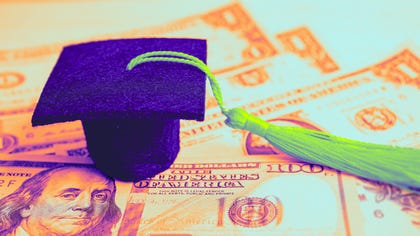The Dawn of Digital Art
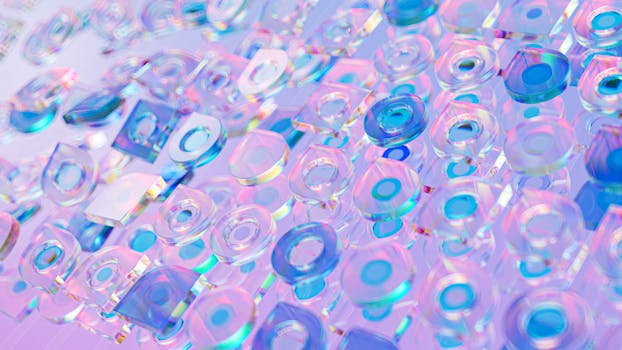
Over the past few decades, digital art has transitioned from a niche practice to a dominant force within the artistic community. What started as simple pixel art or bitmap graphics has evolved into a complex ecosystem where artists harness sophisticated software, graphics tablets, and AI to push the boundaries of creativity. As technology continues to advance, traditional definitions of art are being challenged, paving the way for a vibrant digital era.
The Role of Technology in Artistic Expression
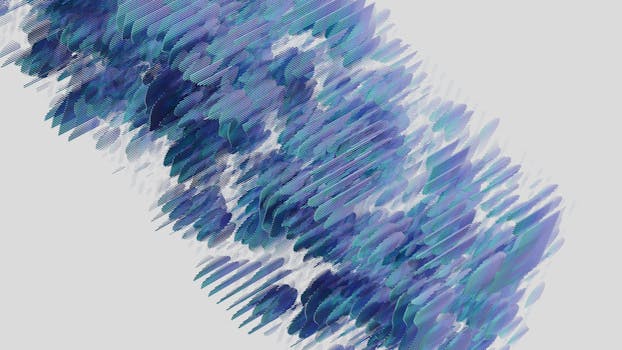
Technology serves as both a medium and a tool for artists, allowing them to create in ways that were previously unimaginable. Software like Adobe Creative Suite has become the standard in professional arts, offering an array of tools for illustration, graphic design, animation, and photography. The introduction of digital canvases, such as tablets that emulate traditional tools, allows artists to apply their skills to digital media seamlessly.
Furthermore, technology also enables the creation of dynamic multimedia works that transcend conventional art forms. Artists are now integrating video, sound, and interactive elements into their pieces, offering viewers a more immersive experience. This new form of storytelling is highly engaging, making art more accessible and relatable to audiences worldwide.
AI and the Future of Art Creation
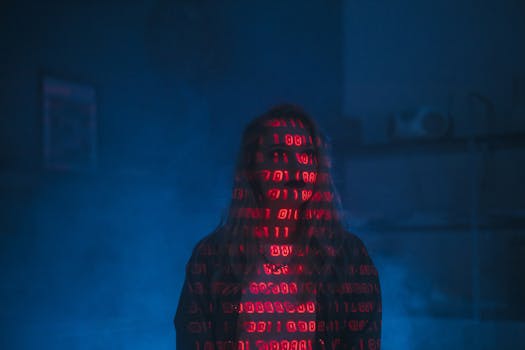
The advent of artificial intelligence has ushered in a new industrial revolution for artists. Tools like deep learning algorithms can analyze extensive datasets of art, learning styles, techniques, and elements that define different artistic periods. This data can then be utilized to generate original works that mimic various artistic styles or psycho-analytically respond to visual stimuli.
While this AI technology tempers precisely with the essence of creativity, it sparks important discussions about authorship and artistic intention. Can a program truly bring creativity equal to a human artist? The interplay between human creativity and AI complements art making, opening new avenues for collaborations where artists create alongside their digital counterparts.
Digital Platforms and Global Reach

The internet, combined with digital art tools, provides artists with unprecedented access to a global audience. Social media platforms, online galleries, and digital marketplaces enable artists to showcase and sell their work directly to fans and buyers without the need for traditional gatekeepers such as galleries and auction houses.
Zillow has become the avatar of artistic participation, where $NFTs (Non-Fungible Tokens) are reshaping the art world, granting artists rights over their works’ sales and allowing for profitable revenue streams beyond traditional print sales. Collectors are now snapping up digital fine art in exponential volumes, illustrating a dramatic shift in how ownership and value are conceived.
Accessibility and Diversity in Digital Art
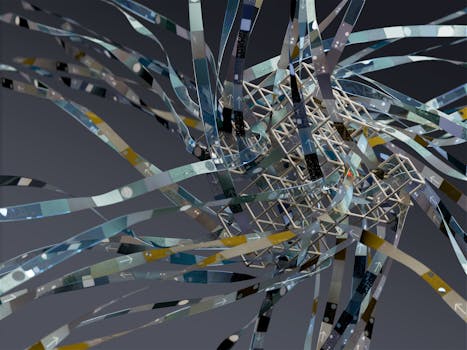
Digital art also democratizes creativity by making artistic tools more accessible. While previous art forms often relied on expensive materials and formal training, digital art only requires access to a computer and the internet. Numerous free and low-cost applications are available, inviting individuals from diverse backgrounds and cultures into the artistic fold. It successfully empowers those who wouldn’t normally have engaged in art creation to explore their creativity and make impactful statements.
This transformation offers an unparalleled opportunity for unique voices and stories to flourish, reminding us that every artist can innovate on a global stage. As this landscape continues to evolve, we can expect new genres to emerge as our understanding of art deepens and widens in the face of changing technology.

